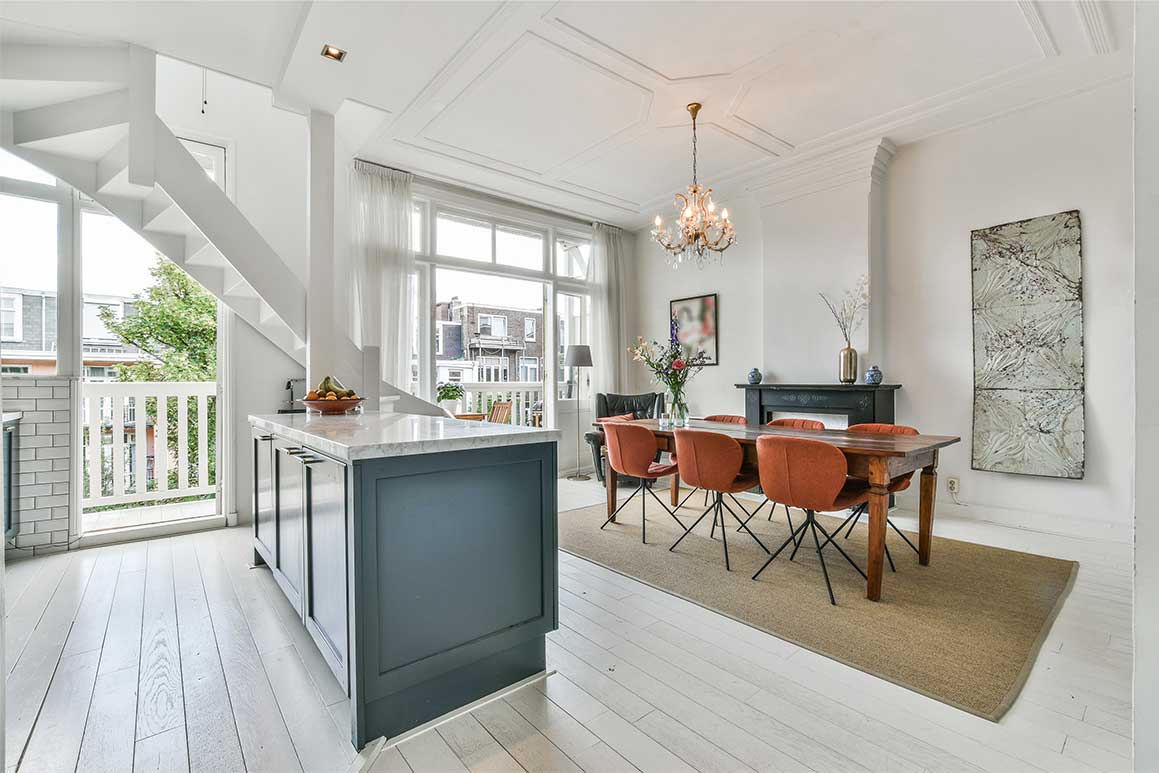 Buying a home is probably one of the biggest commitments any person can have. When you’re purchasing a home, it’s not the same as buying any other merchandise wherein you can return it or have it exchanged easily should you decide later on that you no longer like it. On top of that, it’s also probably the largest financial asset for most.
This is why it is important for every homebuyer to best prepare themselves for this journey. In this article, we take a dive into the checklist of every homebuyer so that they can have a smooth and better home buying experience.
Buying a home is probably one of the biggest commitments any person can have. When you’re purchasing a home, it’s not the same as buying any other merchandise wherein you can return it or have it exchanged easily should you decide later on that you no longer like it. On top of that, it’s also probably the largest financial asset for most.
This is why it is important for every homebuyer to best prepare themselves for this journey. In this article, we take a dive into the checklist of every homebuyer so that they can have a smooth and better home buying experience.
What to expect when preparing to buy a home?
Planning is the key to a successful and smooth escrow. This is especially true for first-time homebuyers. Once you have decided that you’re ready to take that big leap and move into your own home, the idea of purchasing your first home can be an extremely exciting journey. From looking at available properties on the market to deciding on which neighborhood you’d want to settle in, there are plenty of things that you can look forward to. However, it can also be scary and full of anxiety for some. This is because every first-time homebuyer will soon realize that the journey from committing to purchasing a home and actually closing an escrow to move into a home takes a lot of work and time. From learning the legal and real estate terms to choosing a real estate agent and meeting a lot of potential sellers and lenders, there is a lot of work that needs to get done before you can even begin thinking about moving into a new home. So it is best that before you start creating your checklist, you have your expectations managed. What should be the items on my checklist?- 1. Create a definite budget





